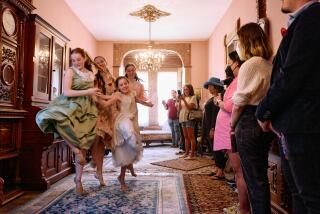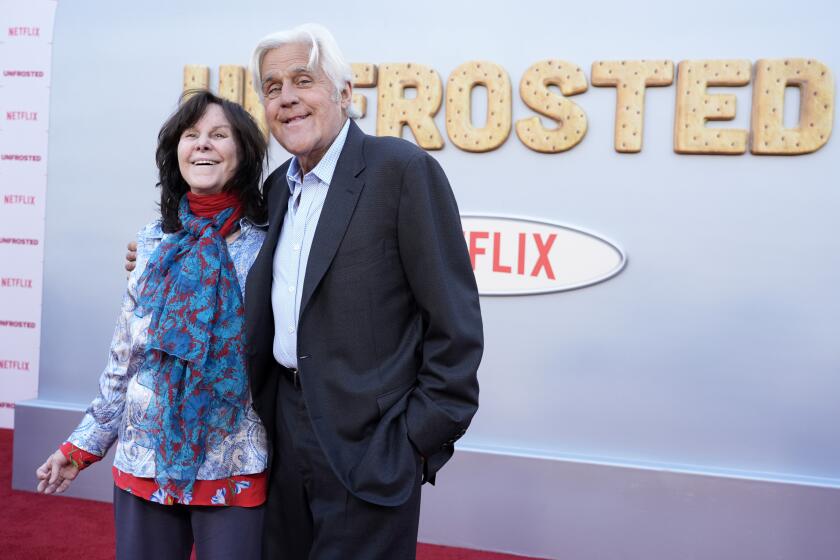DANCE REVIEW : Miller’s ‘Hell Dances’ at La Jolla Museum of Contemporary Art
- Share via
LA JOLLA — Except in Los Angeles, everyone in dance these days seems to know about Bebe Miller.
Since forming her own company four years ago, this veteran of the Nina Wiener ensemble has won two “Bessie” Awards and a Guggenheim Fellowship. She has presented her choreography everywhere from New York to San Francisco, from Chicago to San Diego. But no major Los Angeles sponsor has beckoned--our loss.
On Friday, Miller brought her “Hell Dances” to La Jolla’s Museum of Contemporary Art, ending the sixth Neofest (an annual art festival sponsored by the San Diego-based Sushi performance gallery). This was the only scheduled Southern California showcase for her powerfully metaphorical postmodernism and the virtuoso skills of her distinctive six-member company.
Miller’s movement style is at once forceful and sophisticated--especially in its startling shifts of dynamics. Sometimes the dancing becomes so hot that it melts: Sharp, assaultive, limb-oriented phrases suddenly dissolve into liquid torso-spasms. Elsewhere, violent kicks or lunges end smoothly, even delicately.
These contrasts between initiations and resolutions of actions prove highly dramatic and give the physical encounters between dancers intense emotional resonance without requiring any overlay of play-acting. A despairing vision of human relationships emerges free of narrative structures.
In three sections unified by the music of C. Hyams-Hart and backdrop panels designed by Robert Kushner, “The Hell Dances” looks at people who feel imprisoned by intimacy.
“This Room Has No Windows and I Can’t Find You Anywhere” shows the dancers cruising restlessly. The Significant Other is seen here as quarry to be stalked, but quickly discarded. Same-sex partnerships are not exempted (the piece begins with Scott Smith throwing himself into the arms of Earnie Stevenson) and the work is post-feminist in outlook: The women hunt as ruthlessly as the men.
“Habit of Attraction” analyzes two relationships, suggesting why one endures and one doesn’t. Again, Miller’s expressive purposes are not acted out. The dancers (Stevenson and Elizabeth Caron, Smith and Nikki Castro) bring great feeling and personality to the choreography, but the meaning comes directly from partnering deployments, synchrony, shared weight, dynamics.
“Simple Tales” features a song by Jay Bolotin and a poem by Holly Anderson plus propulsive group dancing. But the piece’s epicenter is the desperate, relentless intrusion by Smith in the duets for Miller and Castro. His need for closeness is so encompassing, so oppressive that it crushes the women and nearly disables him. But he continues, sustaining a hopeless cycle of smothering intimacy and rejection that indeed, becomes a living hell. A brilliant, uncompromising dance experience.
More to Read
The biggest entertainment stories
Get our big stories about Hollywood, film, television, music, arts, culture and more right in your inbox as soon as they publish.
You may occasionally receive promotional content from the Los Angeles Times.










